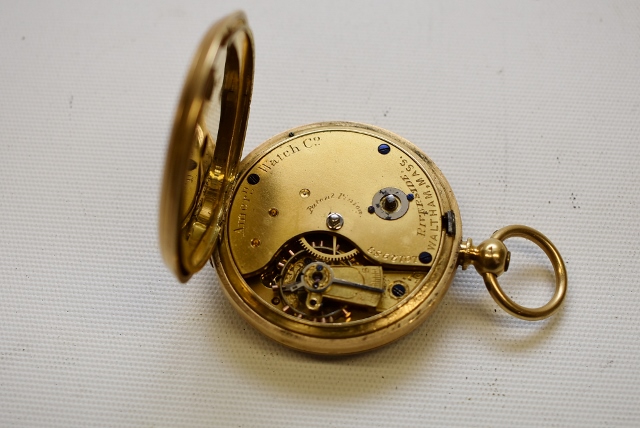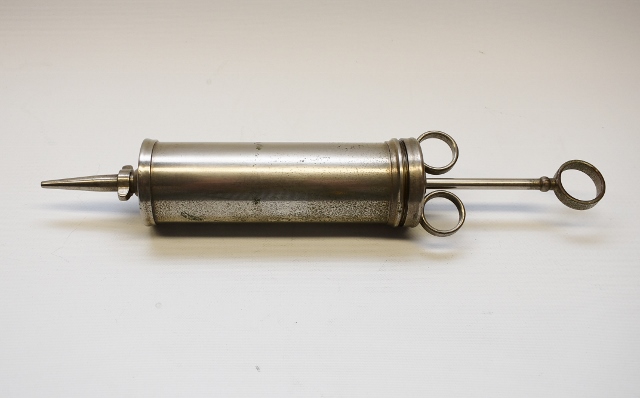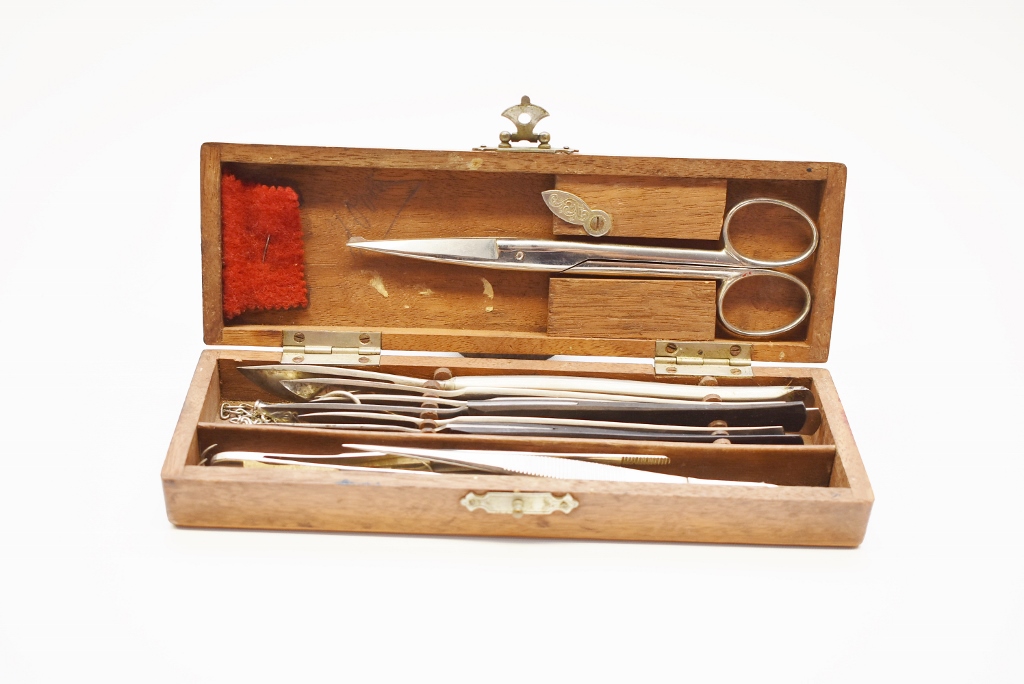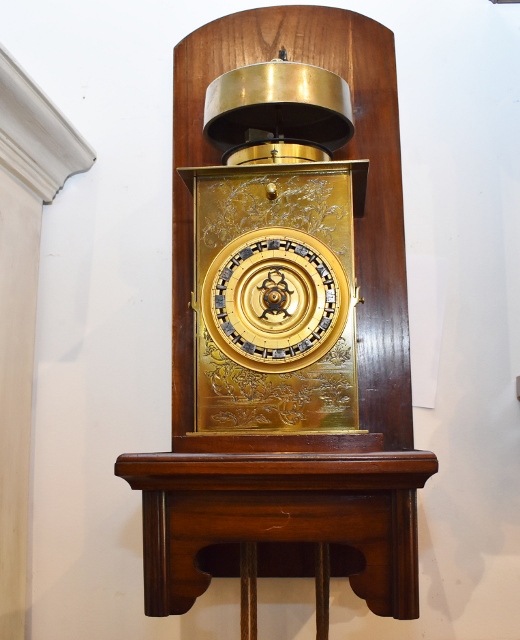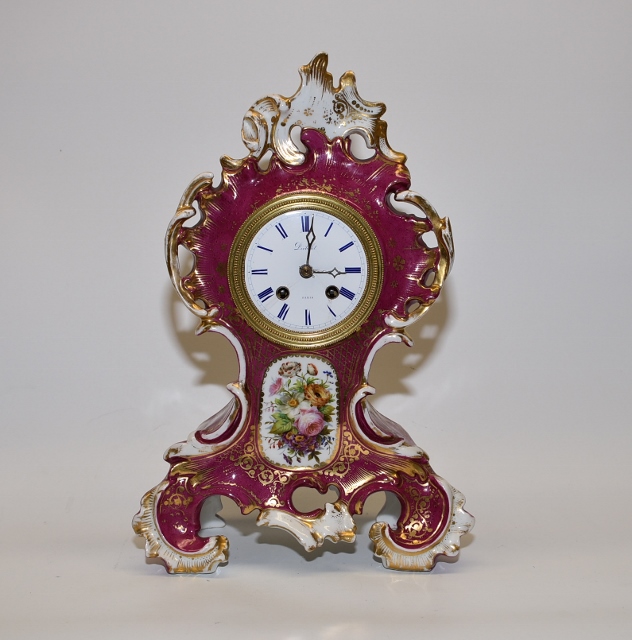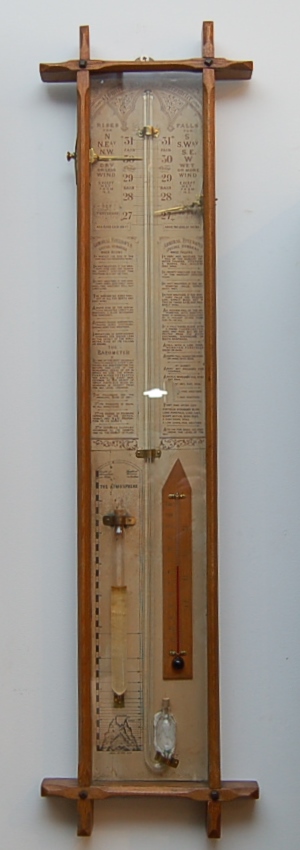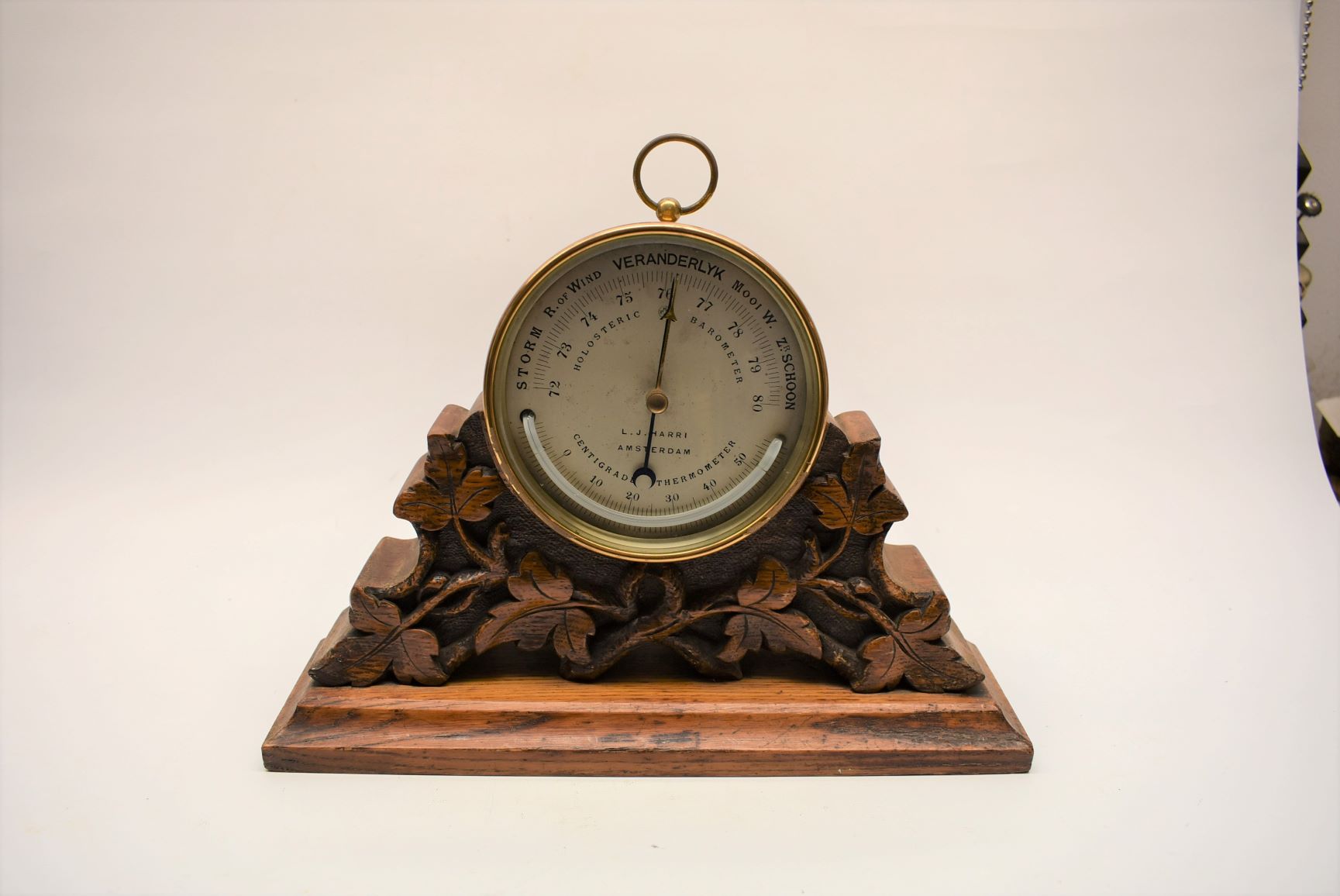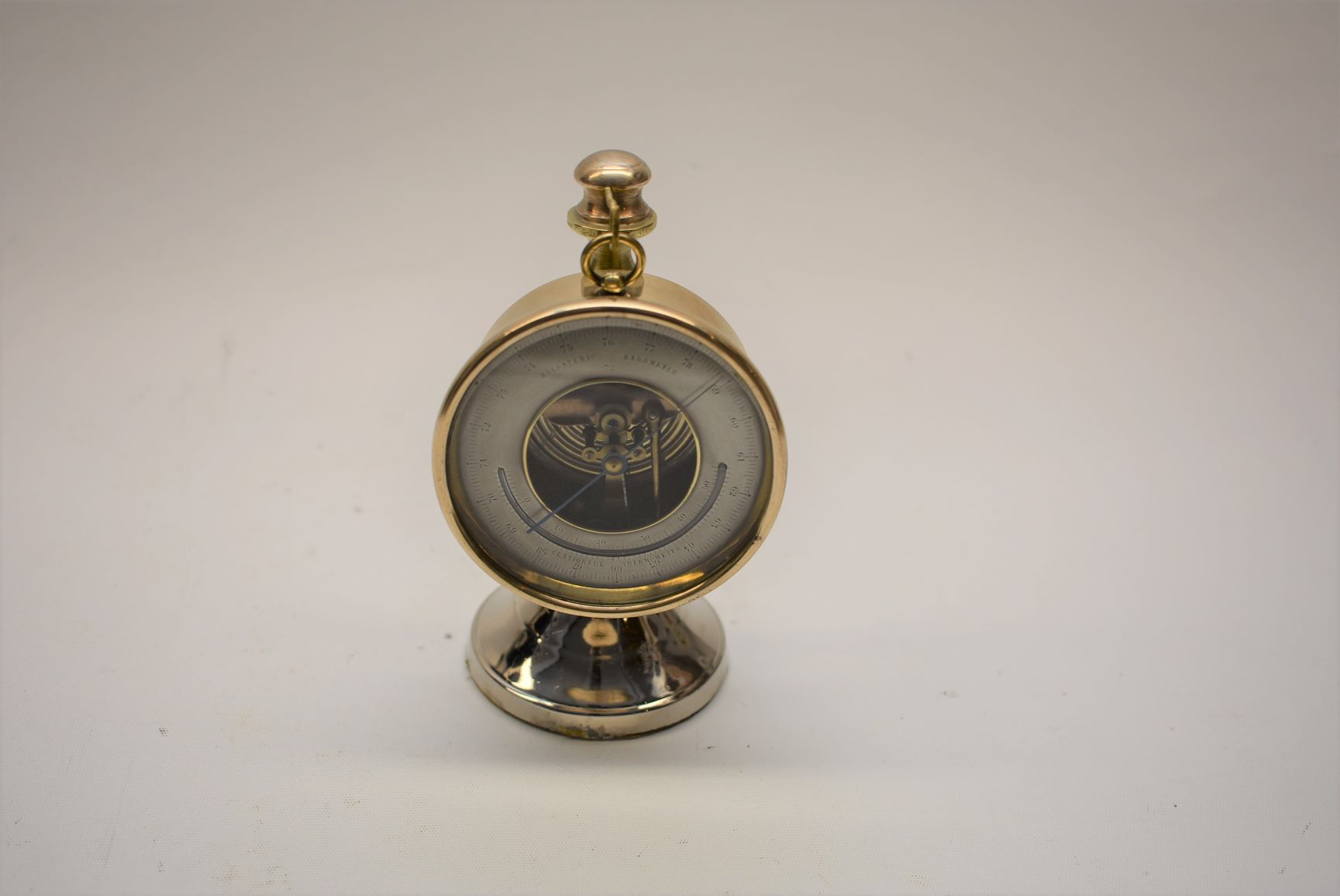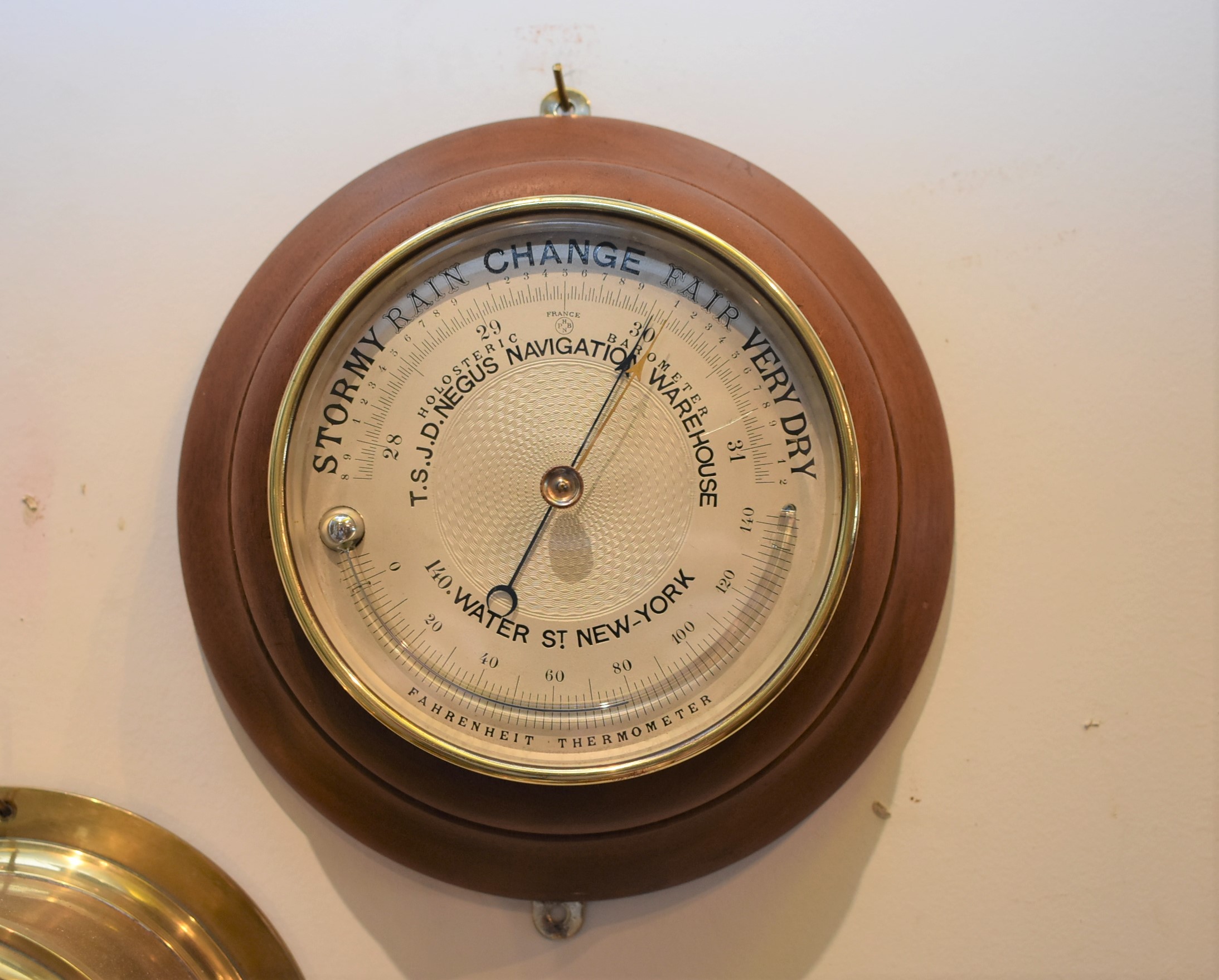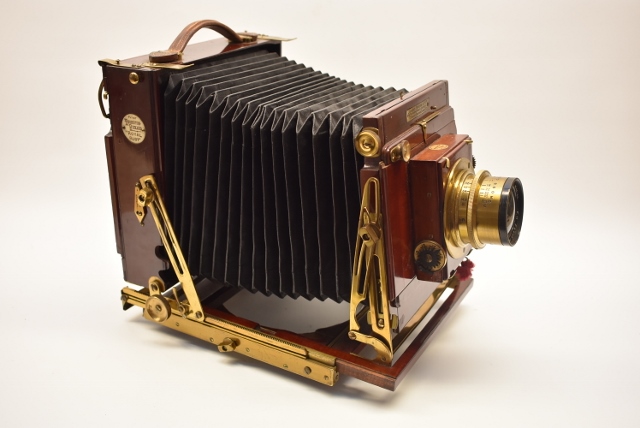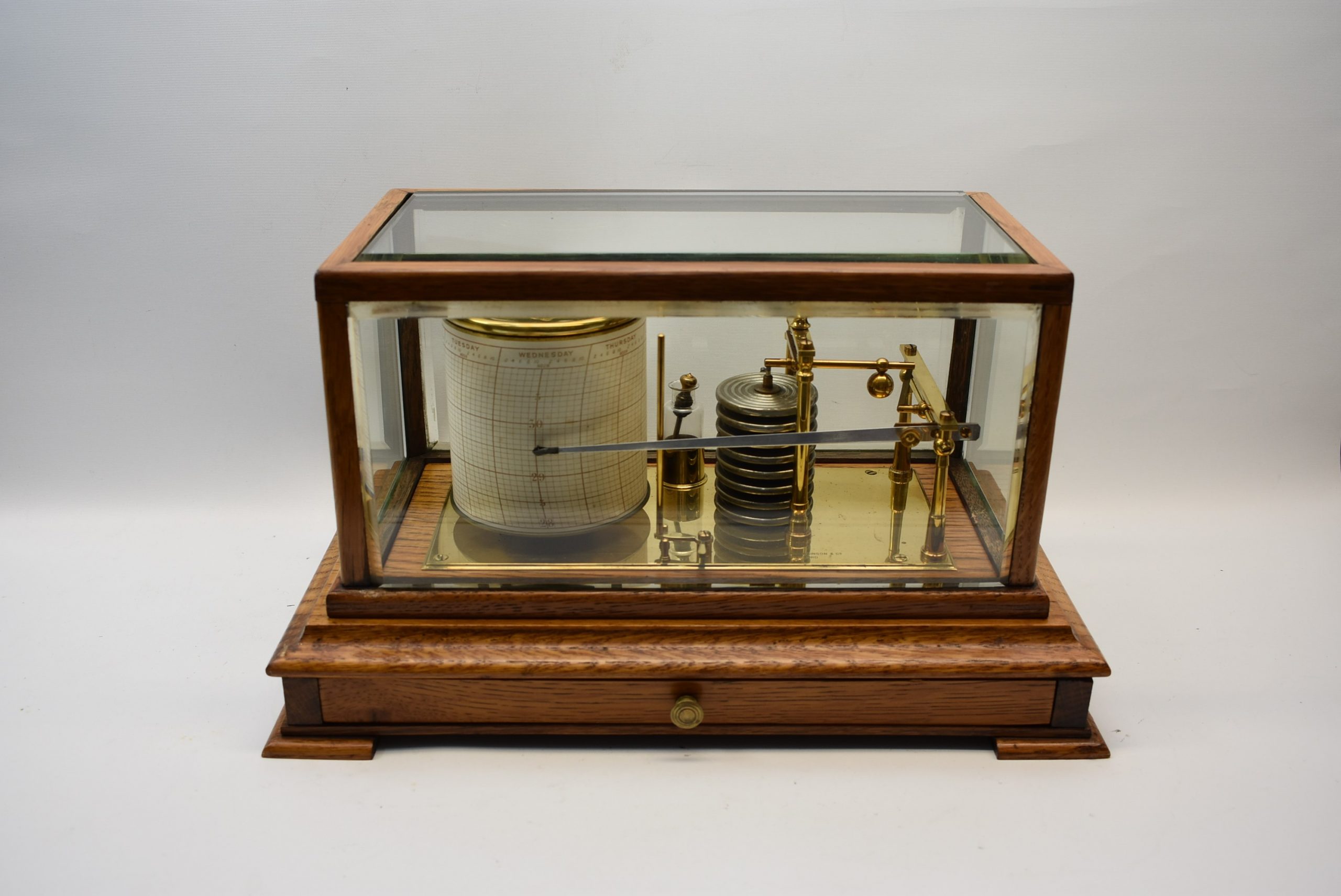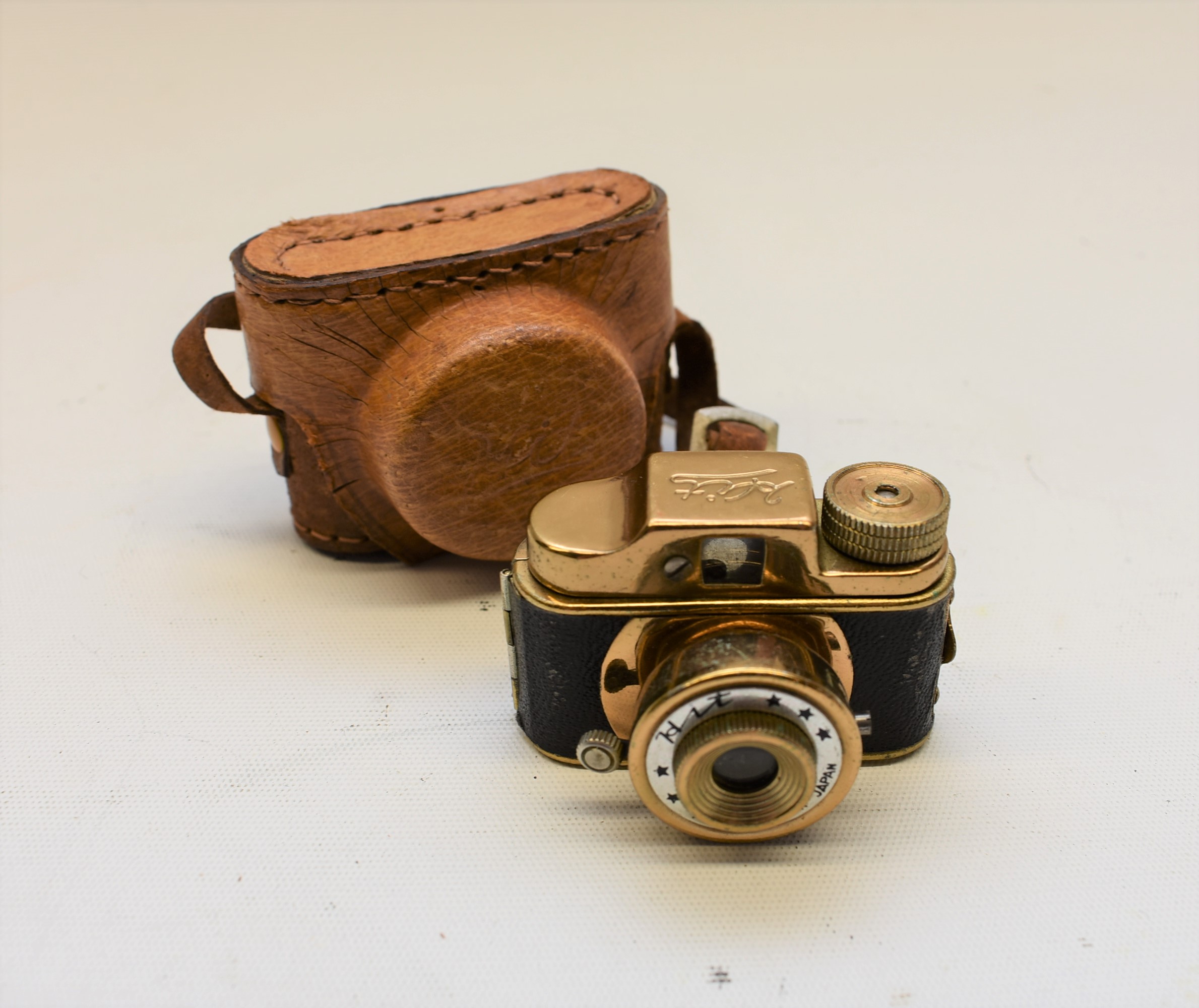The oldest pendulum clock
From the perspective of horological history, the pendulum clock holds a special place in the hearts of enthusiasts. For those who appreciate the perfect blend of mechanics, art, and history, there is a deep reverence for the pendulum clock, especially its earliest iterations. Such timepieces are not just a representation of timekeeping, but they also reflect our human journey through the evolution of science, technology, and design.
Before delving into the specifics of the oldest pendulum clock, it’s crucial to understand what precisely a pendulum clock is. Simply put, a pendulum clock is a clock that uses a pendulum, a swinging weight, as its timekeeping element. The introduction of the pendulum clock represented a giant leap in accuracy from earlier models of mechanical clocks, boasting precision that was unheard of in the era preceding it.
The genesis of the pendulum clock is attributed to the Dutch polymath, Christiaan Huygens, who first patented the design in 1656. This marked a significant milestone in the realm of horology, giving birth to what we now refer to as the “Golden Age of Dutch clockmaking”. The initial prototype by Huygens was not only the first of its kind but was also widely acknowledged for its improved precision and reliability over other timekeeping devices of that era. This 17th-century timepiece is now widely recognized as the world’s oldest pendulum clock.

The exact location of this oldest pendulum clock is a subject of much interest for horologists and antique lovers alike. You can find it on display at the Museum Boerhaave in Leiden, the Netherlands, amidst a fascinating collection of historical scientific instruments. The location is an embodiment of our passion for horology, and a visit would be a pilgrimage of sorts.
At first glance, Huygens’ pendulum clock may not seem as extravagant or visually compelling as the more ornate antique clocks produced in later years. It exhibits a simple oak case with a brass dial and a singular pendulum swaying to the rhythm of time. But this simplicity should not fool you. The true beauty of this clock lies not in its aesthetic value, but rather in the mechanical marvel it represents.
The clock uses a “cycloidal” pendulum, a concept inspired by Huygens’ study of the cycloid curve. In essence, a pair of cycloidal cheeks guide the pendulum bob along a precise path, minimizing the variations caused by amplitude changes and thereby improving accuracy. Huygens’ pioneering innovation solved the age-old issue of “isochronism,” a problem that had previously perplexed the best minds of horology.
Moreover, Huygens’ pendulum clock introduced the concept of “moment of inertia” to the clockmaking world, which essentially made clocks independent of the force of gravity and variations in driving force. The clock was indeed a masterpiece of scientific ingenuity.
When you turn your gaze to this 17th-century horological wonder, you’re not just looking at a clock. You’re witnessing the essence of a time when science and creativity came together to solve a complex problem. You’re seeing the birth of an innovation that would dictate the course of mechanical timekeeping for centuries to come.
The oldest pendulum clock isn’t merely an antique item of interest. It symbolizes the commencement of a journey that we’re passionate about. It reminds us of the curiosity, innovation, and precision that guide our field and continue to inspire us. To appreciate and understand this artifact is to comprehend and honor the past, thereby illuminating the path towards future horological advancements.
At the heart of it, the world’s oldest pendulum clock is a testament to the human spirit, to our relentless pursuit of knowledge and our innate ability to create. It stands as a beacon of a timeless era, ticking away, echoing the passage of time, and whispering the tale of our shared horological heritage.

